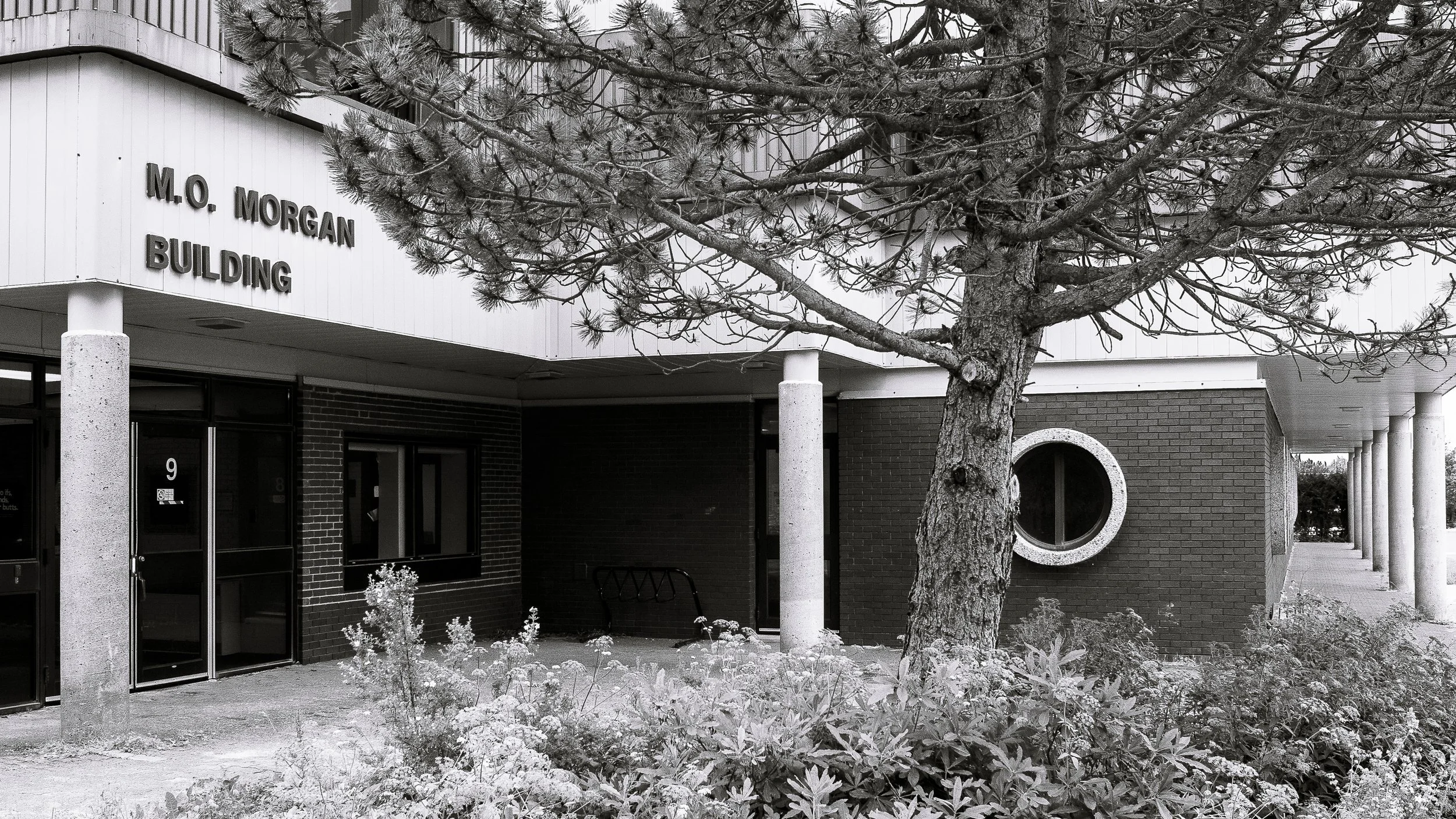Playing with architectural photography
Photography and architecture were tied together right from the photography’s first days, but somehow along the way, and quite early on, architectural photography became the step-child of the medium. From accusations that it is parasitic (dependent on photographing creative work of other people), formulaic, and purely technical to often perceived as something anybody could do as long as you can keep your verticals straight, or at best, not that different from product photography, it really doesn’t have many defenders. These days, I would also add that it has been hijacked by Instagram’s need for single images that play well on a small screen. But I always loved architectural photography even if I never pursued it professionally or commercially. Truly great architectural photography is so much more than just a picture of a building. It can be artistic and interpretive, it can force us to think deeply about the built environment and the impact it has on the ways we live and the planet we live on. And often, it can be quite beautiful. It’s hard to look at work of Anderson and Low, Hélèn Binet, Adrian Ensor, Koen Van Damme, somewhat unorthodox Nick Turpin or the classic work of Julius Shulman and not see both, highly aesthetically developed work and important documentary record of how we live and dwell in the world.
Sometimes, it’s only in a photograph that we linger on the lines, shapes, volume and interplay of light and shadow on a building we pass by everyday. The photographs above both feature Memorial University’s School of Music M.O. Morgan Music Building. I passed by that building hundreds of times, but trying to make some photographs over the weekend, it was probably the first time I thought about the particular materials, style, time in Newfoundland and Labrador’s and the university’s history, and a complex web of human relationships that resulted in that particular building at that particular time. Today, it may appear to us as hopelessly outdated and in need of serious work, but at the time it was, and it remains, the only facility in the province solely dedicated to music - and that’s a big deal in a place where music is as important as it is here.
Like photography, architecture is a field of human activity that already is and will continue to be profoundly impacted as the developments in AI technology become ever more sophisticated. In an article in The Guardian, Oliver Wainwright writes quoting Neil Leach: “The ultimate effects are impossible to predict but, whether we like it or not, AI is here to stay. “Architects are like ostriches with their heads in the sand,” says Leach. “What they need to design right now is not another building – but the future of their profession.”” And maybe that is inevitable, but it strikes me, just like with all other arts, that AI, as impressive as it is, can only ever create derivative designs. And at this time that is precisely what we need less off. Some time ago, Henry Oliver in The Critic, called for architecture that is imaginative, “a public utility and an aesthetic pride” and I would add architecture that is of the place and at peace with its surrounding ecological setting.
All this to say I will be posting more architectural photography here for no other reason but that it gives me pleasure to do so.

